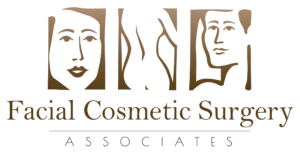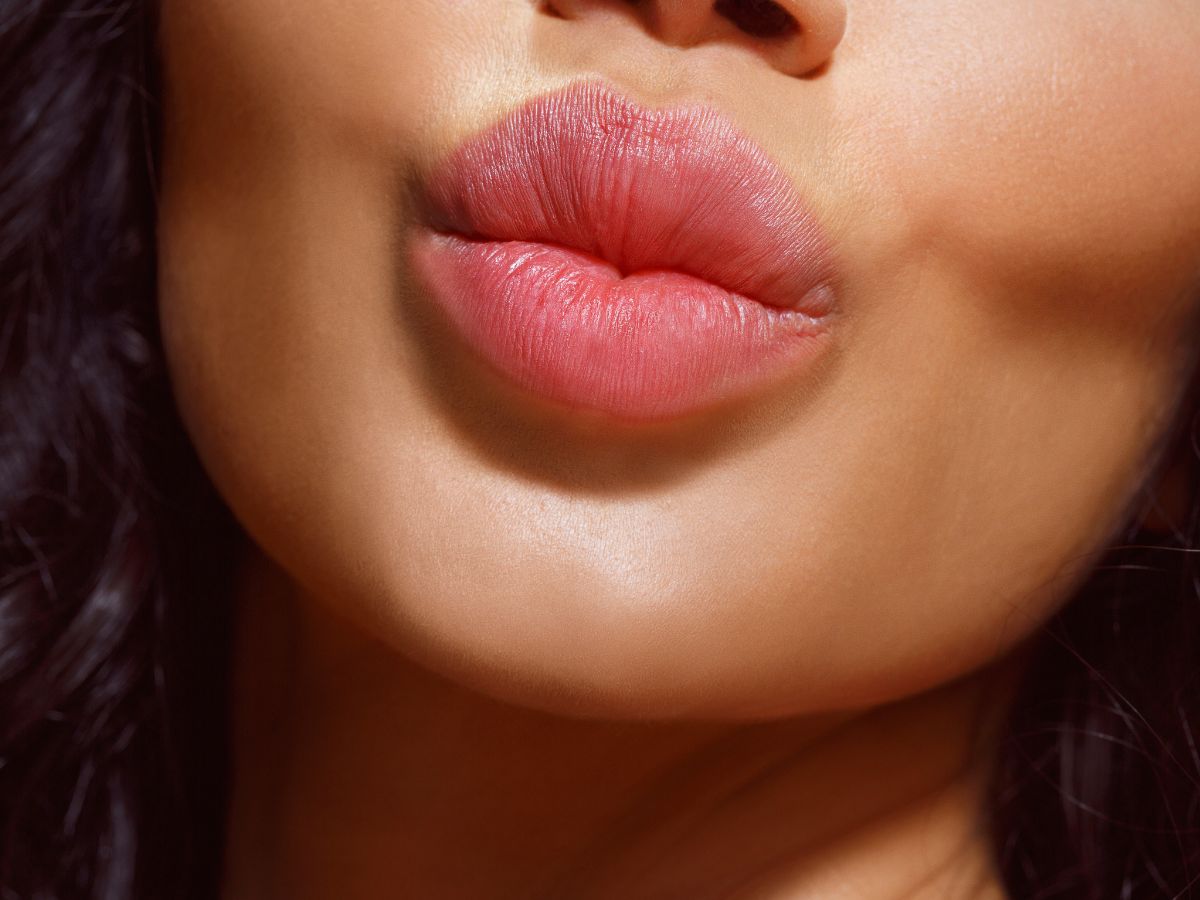The middle third of the face lies between the forhead above the mouth region below. The major components of the midface include the eyes, nose and the cheeks. We have previously discussed the importance of the eyes and nose to one’s appearance. The article will address an often overlooked, but nonetheless area: the cheeks.
The cheeks play a prominent role in defining the contour of the face and creating a harmonious transfer from the upper third to the lower third of the face. For centuries high cheek bones have been a common characteristic of faces considered to be beautiful. It is important to understand that even among these people with pleasing cheekbones, there is a great difference from person to person in the structure of the bones. Certain congenital factors, as well as the effects of aging affect the contour of the midface.
Augmentation of the cheekbones themselves(malar augmentation) or the supporting tissue under the cheeks(submalar)can improve the appearance of the middle third of the face.
Malar Augmentation : Malar implant are medical grade implants that are placed over under developed cheek bones. Not everyone is a candidate for cheek implants or malar augmentation. For example, people with very little fat under the skin should not have an implant because it would end up looking like a lump on the cheek.
Submalar Augmentation: The submalar implants are specifically designed for improving the appearance of the area and cheekbones. These implants enhance the skeletal structure which in turn repositions and elevates relaxed midfacial soft tissue. In this manner, it is able to fill the hollows and depressions and soften the folds and wrinkles in the cheek and mouth are caused by gravity and time.
For many individuals, especially in the 38 – 50 age group, submalar augmentation can postpone the immediate need for facelift surgery. In addition to improving the appearance of the midfacial area, the contoured portion of the implant can gently extend to the profile to deliver a more natural “high cheekbone” effect than conventional cheek implants.
In patients considering facelift surgery, submalar augmentation may be the perfect companion to restore sagging midfacial soft tissues to ensure an enhanced and loger lasting facelift result.
The Procedure: The incision for either the malar or submalar implant is made between the upper gums and the cheek in order to avoid scars on the face. The soft tissue is elevated, and a pocket is created over the area to be augmented. The implant is slid through the incision into the pocket. These incisions are closed with sutures which dissolve within 5-7 days.Local anesthesia with mild inrtravenous sedation, or twilight anesthesia is preferred for midface augmentation procdures.
The procedure can be performed in conjunction with other procdures or can be done as an isolated procedure under the same “twilight”anesthesia.
After surgery: Your face will be somewhat swollen for about two weeks after surgery, and it may be difficult to chew. You may experience some tightness or numbness around your cheeks that will feel strange while shaving or kissing. Your surgeon may suggest not brushing the teeth closest to the incision for several days, although you can use a mild mouthwash. Generally, there is not much discoloration after a cheek implant, and you should be able to eat ordinary food afterward without any problems.
Midface augmentation, like chin augmentation often adds a finishing touch and provides better balance for patients seeking improved facial harmony.
With so many choices, how do you select what is best for you?
During your consultation, the nature of you facial structure and the particular ways in which gravity and time have affected your skin and supporting tissues will be assessed. As you learn from your Dr.’s expertise and counsel, it will become clear to you exactly what procedures are best suited to enhance your appearance.
For free information regarding this ad and other procedures please contact our office.


